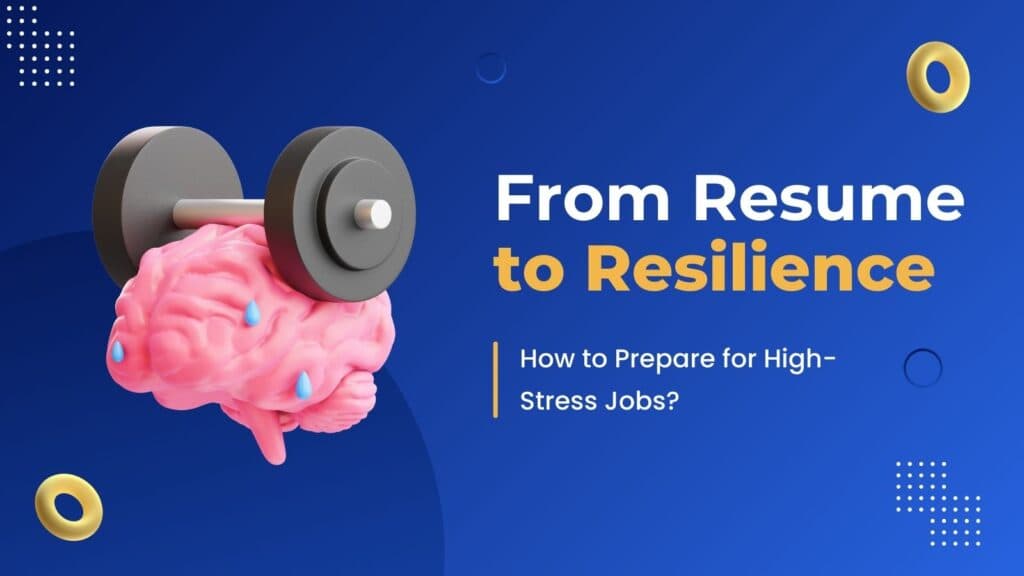What is an ATS and How Does It Work?
Written by: Rajat Bhardwaj
An Applicant Tracking System (ATS) is a critical tool in modern hiring. Understanding how ATS works can help job seekers improve their resumes and land more interviews. If you’ve ever applied for a job online, chances are your resume passed through an ATS before being reviewed by a human.
In this blog, we’ll break down how ATS works, what it does, and how you can optimise your job application to get past it.
What Does an ATS Do?
An ATS is essentially a recruiter’s best friend, designed to simplify the often overwhelming task of sorting through hundreds or even thousands of applications. Here’s a quick rundown of what it does:
- Collect Applications: It gathers resumes from various sources, such as job boards, career websites, or direct uploads by candidates.
- Organise Data: It stores and organises candidate information in a searchable database.
- Filter Applications: ATS uses keywords and predefined criteria (like skills, qualifications, or experience) to rank applicants.
- Track Progress: It helps HR track candidates throughout the hiring process, from application to offer.
- Generate Insights: It provides analytics to improve the recruitment process.
How ATS Works: A Step-by-Step Guide
1. Application Submission
- When you apply for a job online, your resume and application are fed into the ATS. It may also extract data from your LinkedIn profile or online job board submissions.
2. Keyword Matching
- The ATS scans your resume for keywords that match the job description. For example, if the job requires “data analysis skills,” the ATS will look for those exact words or related phrases in your resume.
3. Resume Parsing
- ATS parses (or breaks down) your resume into categories like education, work experience, and skills. This process makes it easier for recruiters to review and compare candidates.
4. Ranking Candidates
- Based on how well your resume matches the job posting, the ATS assigns a score or ranking. Higher-ranking resumes are prioritised for review by the hiring team.
5. Filtering Out Unqualified Candidates
- Resumes that don’t meet the basic requirements (e.g., missing qualifications or keywords) are often filtered out at this stage.
6. Tracking and Communication
- ATS systems allow recruiters to track applicants at every stage, send automated emails, and schedule interviews—all from one platform.
Why Employers Rely on ATS Systems
Employers use ATS to:
- Save time by automating repetitive tasks.
- Handle a large volume of applications efficiently.
- Ensure a fair and unbiased hiring process (though ATS isn’t foolproof).
- Improve the quality of hires by focusing on qualified candidates.
How Job Seekers Can Optimise for ATS Success
If you’re job hunting, ensuring your resume gets through an ATS is critical. Here’s how you can improve your chances:
- Use Keywords Wisely
- Include relevant keywords from the job description in your resume. Focus on skills, qualifications, and industry-specific terms.
- Stick to Simple Formatting
- Avoid fancy fonts, graphics, or images. ATS systems prefer plain text and straightforward layouts.
- Use Standard Headings
- Use conventional section titles like “Work Experience,” “Education,” and “Skills.” Creative headings may confuse the system.
- Avoid Tables or Columns
- Many ATS systems can’t read tables or multi-column layouts correctly.
- Save Your Resume in the Right Format
- Most ATS systems prefer .docx or .pdf formats. Double-check the job posting for specific instructions.
- Customise Your Resume for Each Job
- Tailor your resume to highlight the most relevant skills and experiences for the role.
FAQs About Applicant Tracking Systems
Not all, but many medium to large-sized organisations rely on ATS to manage their hiring process.
Yes, if your resume isn’t optimised for the ATS, it may filter you out—even if you’re qualified.
Focus on keywords from the job description, including technical skills, certifications, and job titles.
If you’re applying through an online portal that asks you to upload your resume and enter information manually, chances are they’re using an ATS.
While it might help in some cases, many companies still process all applications through their ATS, even if you send them by email.

